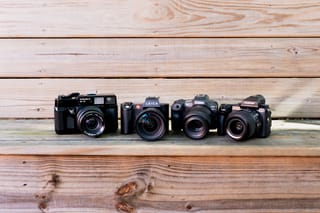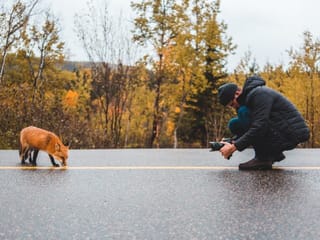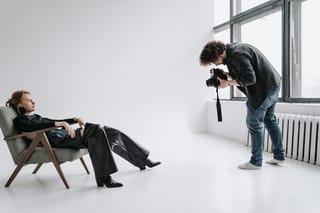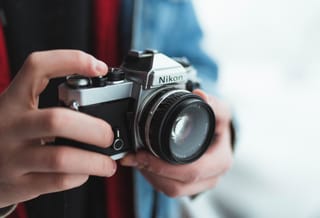
Sometimes, packing a DSLR and lenses is just not ideal. A weekend trip with a carry-on bag may mean packing light and small. Or sometimes, a heavy bag just isn’t comfortable. What are some options if you’re in the market for a small and lightweight option for a camera?
I have three quick ideas that would be the first on my list of recommendation. Certainly, there are a lot of options, and a lot of opinions, but I’ll share my ideal list and you can research what works best for you. There is no one-size-fits all option in this category and there is a wide variety of options, so just narrow down what is the most important features for your own use, and see what you can find.
![]()
My first recommendation is a Fuji X100 camera. There are options within this model, from the original X100 to newer models including X100S, X100T, and X100F. I use the X100T, and it’s an amazing camera for travel. The benefit of the T over the old X100 is the addition of wifi, so photos can be accessed from a mobile device while out in the field. Features vary between the models, so do a comparison based on what it most important to you.
The camera has a fixed lens, meaning it cannot be changed. The lens is roughly equivalent to a 35mm lens, which is a very versatile focal length. It is great for street and landscape photos. It is very lightweight and small. For more advanced users, it allows for some more manual options that some point and shoots offer. Overall, the quality and fun of using this camera is what sold me. The photos out of the camera are just beautiful, with great contrast and sharpness. The ease of dropping it into a backpack, not needing other lenses, and the light weight of the camera are ideal for travel. Be aware that the camera does not zoom, so if that is important, then this one isn’t for you.
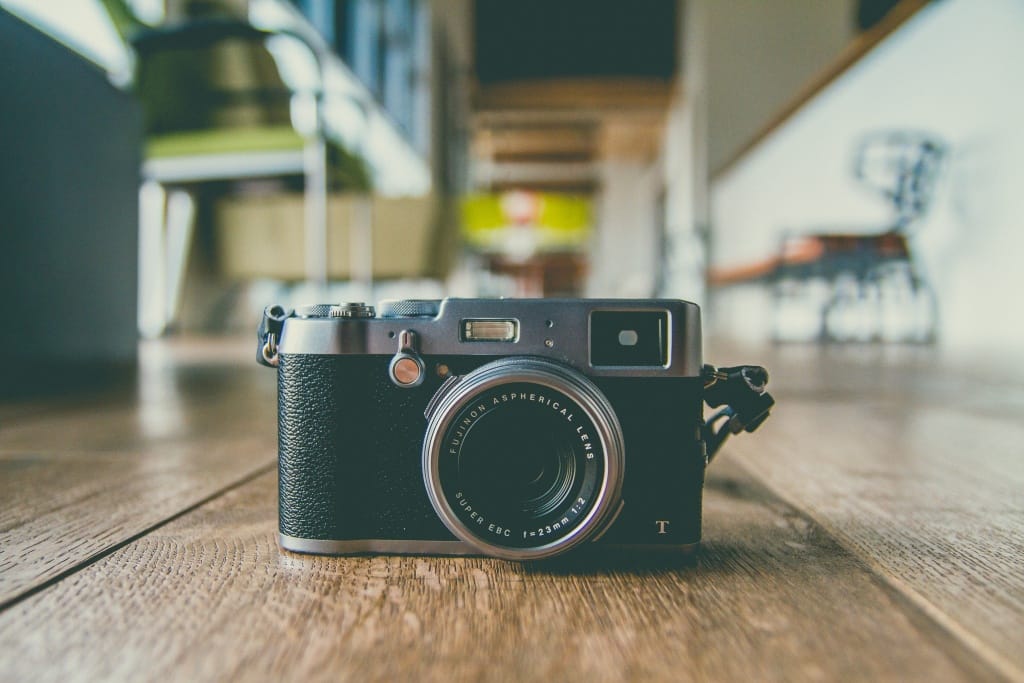
My second recommendation is a Sony A6000 camera. Again, this has options from A6000, A6300, A6400 and A6500. Options vary, so look closer at what they offer and what works for you. I have used the A6000 only, so I have no insight on the newer models, but I can say that this model is wonderful. The camera adds the option of interchangeable lenses, so you can carry along some options including telephoto. The lenses are still very small, so carrying the camera and a couple of lenses stays small and light.
The quality of Sony cameras is no surprise to most photographers today. These little cameras do not lack that known quality. The A6000 paired with a Zeiss lens, or a Sony lens, offers a very capable camera and lens kit. I’d take this setup along on most any vacation, and I’m sure it would hold its own against larger DSLR options.

Last, but not least, I’d recommend a 35mm SLR. While not the lightest of the options, these cameras are incredibly fun to travel with. I usually have a Canon AE-1, but if I do want to go a little lighter or smaller, the Olympus OM cameras are also great. Nikon, Pentax are also good options, and they are a bargain. Sure, film and developing adds to the ongoing cost, but shooting with film and a manual camera can be a great skill builder. If you’re confident and ready to go, these camera would be great for just about any trip. Lenses can be obtained for even less than the cameras, such as a nifty fifty, a telephoto, or a macro lens.
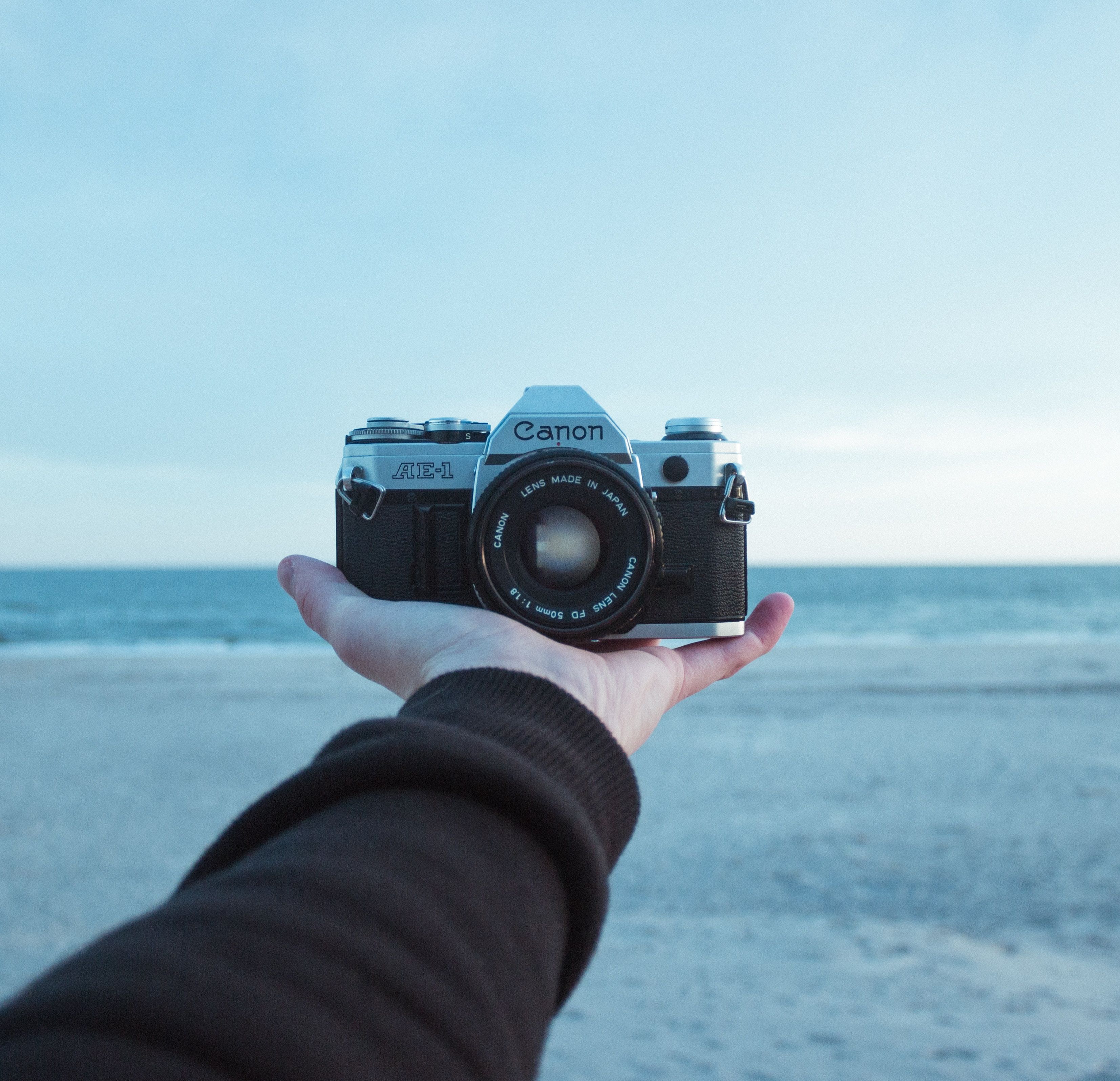
There are a lot of options, including a lot of point and shoots, mirrorless DSLR’s, and more for staying small and light to travel. The phone that most of us carry is even a great option, when the weight is really important.
If you opt to take along a DSLR that you already own, there are options to downsize those cameras, too. 50mm lenses are great for travel, and typically small and lightweight. While I love a versatile zoom lens, there is something to be said for a small prime that makes the kit smaller, lighter, and slightly less ostentatious.
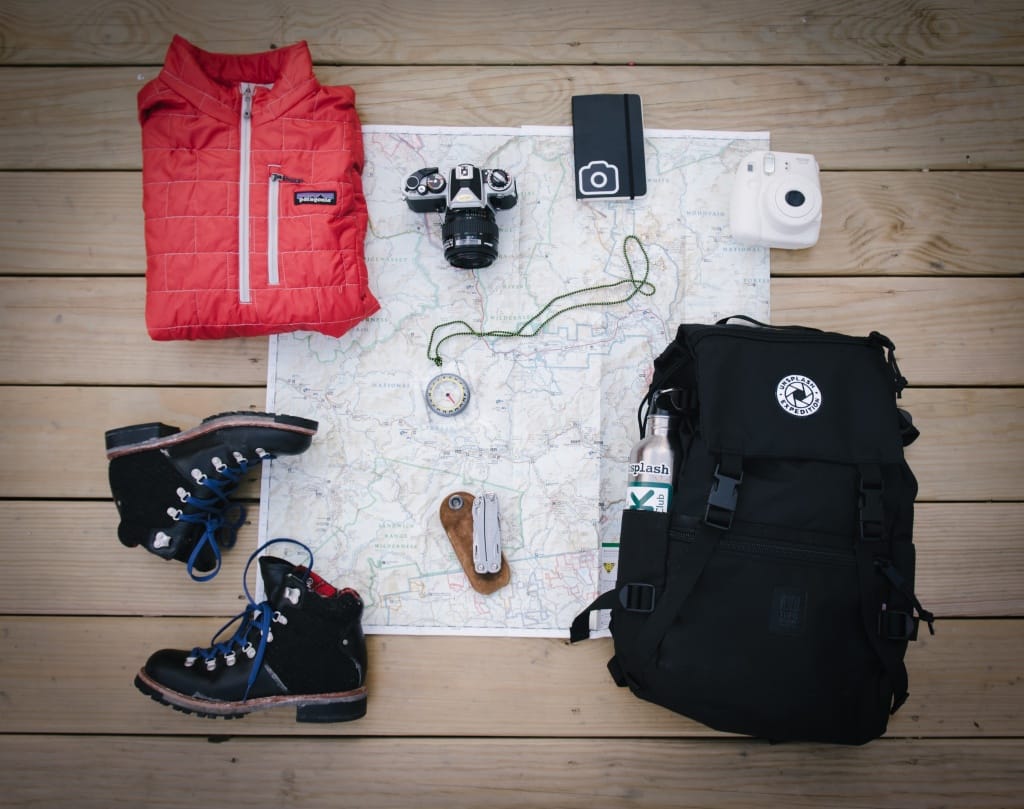
I’ve used the three cameras that I list here, and I can assure you that any of them would serve you well on your next trip. There is truly no perfect travel camera since there are lots of options, and lots of unique needs between users. Things to consider are the amount of zoom needed, depth of field needed, RAW vs. JPG shooting, weight, size, price, and other details. Just decide what specifics are the most important to you, and that will help narrow down a list of options.
The photo experts at KEH can offer options if you need help. Just give a call to 1-800-DIAL-KEH.

